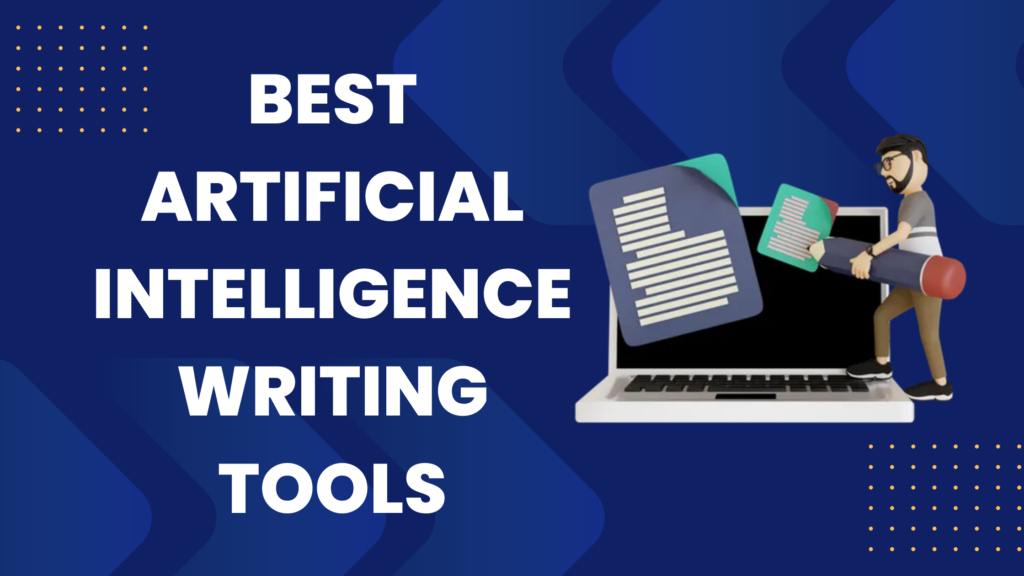Google AI Courses 2024
Exploring the Cutting-Edge: Google AI Courses 2024 Embark on a journey through the forefront of artificial intelligence with Google’s latest offerings in 2024. Dive deep into the realms of machine learning, neural networks, natural language processing, computer vision, and more with Google AI Courses. Whether you’re a seasoned professional or a budding enthusiast, these courses […]
Google AI Courses 2024 Read More »









